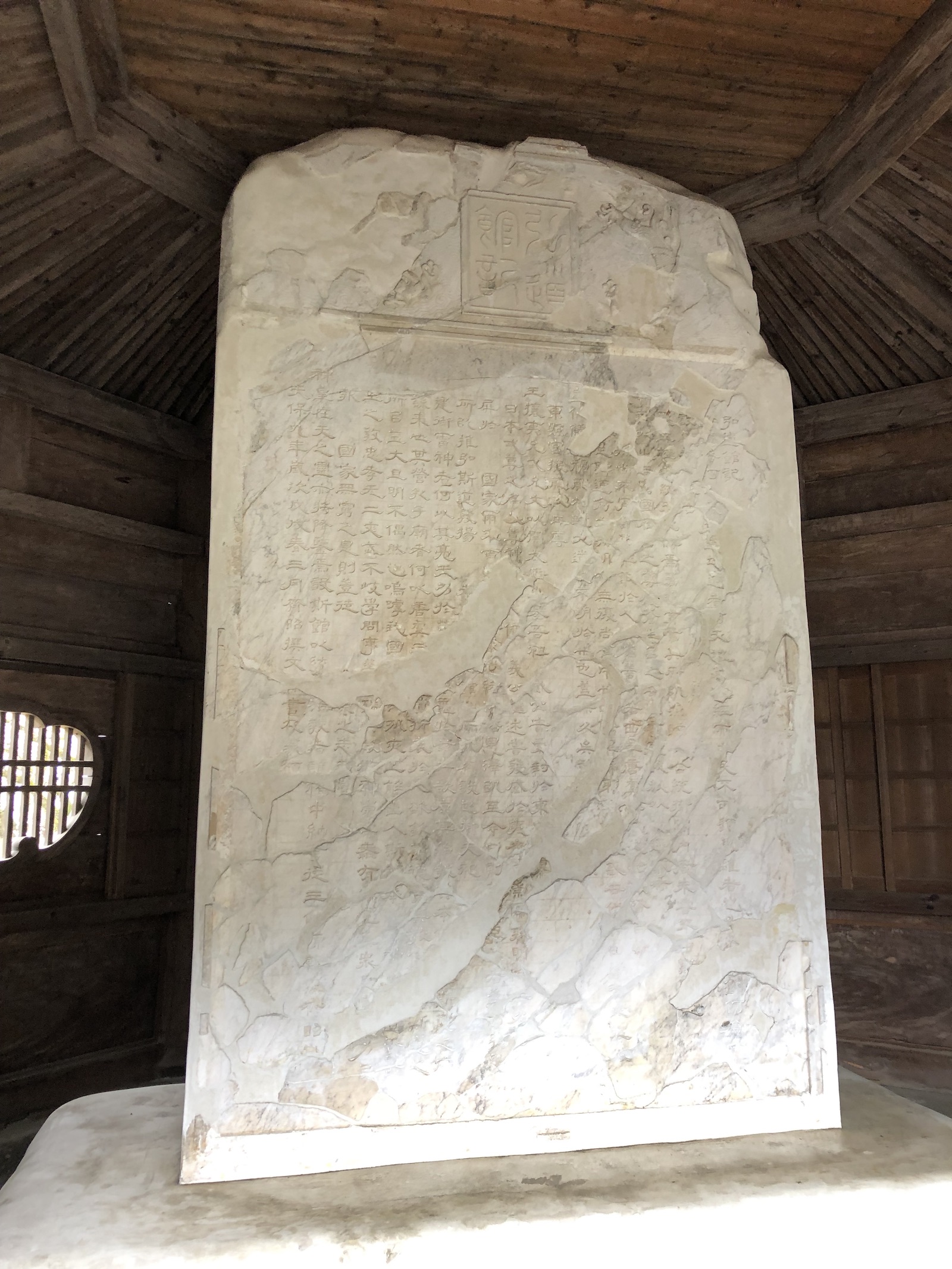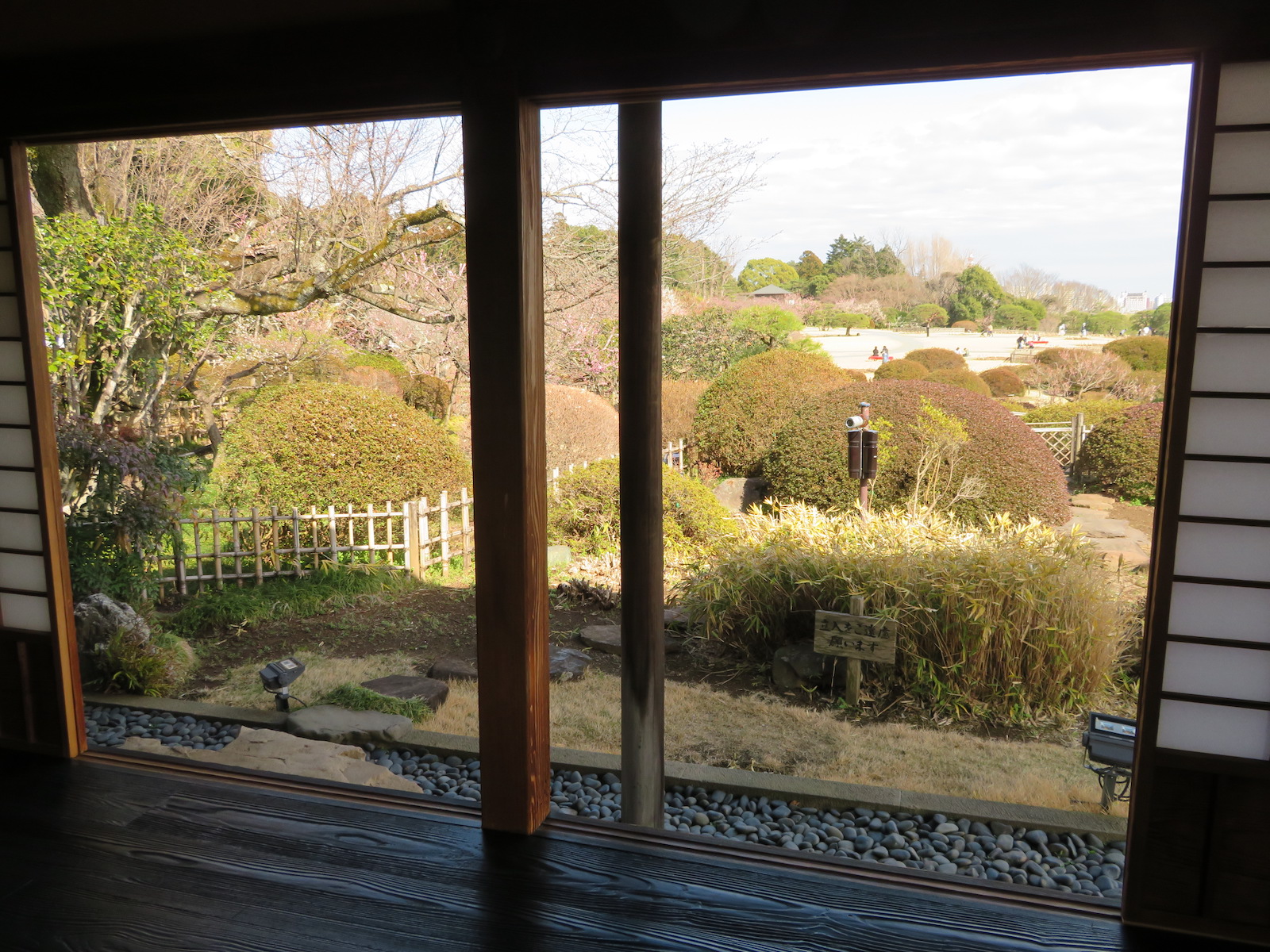Japan’s Edo Period (1603-1867) was a time of peace and stability when various arts and technologies became well developed. At the top of the social hierarchy was the samurai warrior class. So essential in wartime, they became the bureaucrats who administered the government and oversaw the prevailing social order. At the same time, they always maintained the other trappings of their social class: martial arts skills and classical knowledge.
An elaborate education system, including general knowledge, physical training, and spiritual training, ensured that samurai men could maintain their place in Edo Period society. A great place to explore that education system, now classified as Japan Heritage, is the city of Mito, now the capital of Ibaraki Prefecture.
Shortly after Ieyasu Tokugawa (1543-1616) founded the Tokugawa dynasty which ruled Japan as shoguns throughout the Edo Period, he made Mito the seat of one branch of his family that later supplied some of the Tokugawa shoguns. Mito’s importance to the shogunate is demonstrated by the existence of the Mito Kaido, a road directly linking Mito with Edo (modern day Tokyo) some 100 kilometers away. The precincts of Mito castle, perched on a promontory between the Naka River and Lake Senba, became a peacetime administrative center for the region.
What remains of the castle today is largely associated with samurai education and a school of learning known as Mitogaku.
Shokokan: Center for Mitogaku
In 1657, Ieyasu’s grandson, Mitsukuni (1628-1701), commenced a project to compile a complete history of Japan, a work that came to be known as Dai Nihonshi (Great History of Japan). Mitsukuni’s project, resulting in a 402 volume work, took 250 years to complete and was “officially” published when presented to the Emperor in 1906 (partial versions were placed in libraries at earlier stages). The scholars he commissioned worked originally on his estate in Edo (modern day Tokyo) and later shifted their efforts to a building on the grounds of Mito Castle called Shokokan. Their work is commemorated in a small exhibition on the former castle grounds near the recently rebuilt Otemon gate.

This close study of Japanese history resulted in a greater sense of Japanese nationhood, centered on Confucian principles, that came to be known as Mitogaku (literally “Mito learning”; sometimes referred to as “Mitology”). Concepts influential to Japanese thinking about its place in the world, including the famous watchwords “Sonno Joi” (Revere the Emperor; expel the barbarians) derived from Mitogaku.
An original of the entire Dai Nihonshi and various artifacts of the Tokugawa family are held at the Tokugawa Museum (hours: daily 10:00-17:00; admission: 1,500 yen) near Mito’s Kairakuen garden.
Kodokan: Lifelong learning
Just outside the Otemon gate sits Kodokan, once the official school for samurai boys of the Mito Domain. It was founded in 1841 by Nariaki Tokugawa (1800-1860) as an education center to complete the education of samurai youths, most of whom were enrolled at age 15, making study at Kodokan akin to university study in other parts of the world at the same time. Even after young men took up their work as governmental and administrative leaders, they continued formal classes at Kodokan until age 30, after which they often returned to Kodokan for further study, a practice of lifelong learning that anticipated modern educational trends.

The Kodokan “campus” was 10.5 hectares and contained classrooms, laboratories, dormitories, an astronomical observatory, and several other facilities, including for various forms of physical training, making it the largest school of its kind in Japan.
Kodokan scholars also participated in the work on Dai Nihonshi; there are further displays of that work and other Kodokan scholarship inside the main school building. In a large reception room for guests, a calligraphy written in 1857 proclaims the maxim: “Revere the Emperor; expel the barbarian”.
An area that is now a large plum garden was once dormitory and classroom buildings, destroyed by fire during the civil war in 1868. Behind the enclosure containing the extant school buildings are a few other buildings associated with Kodokan, including a Confucian temple, Kodokan Kashima Shrine, and Hakkedo, an octagonal building containing a large stone tablet on which has been carved the founding principles of Kodokan, as laid out by Nariaki.

Sadly, the tablet was badly damaged when Hakkedo was destroyed by an Allied bomb in 1945. Hakkedo was rebuilt and the tablet restored in 1972. The tablet remains relatively fragile; it was again damaged during the 2011 Great East Japan Earthquake and underwent further repairs in 2013. Several signboards outline the painstaking restoration processes. Because of the delicate condition of the tablet, Hakkedo is only infrequently opened for visitors.
Kodokan is open daily, 9:00-17:00 (16:30 during winter months); admission 400 yen.
Tobukan: Martial Arts Training
Samurai training included physical training, most especially in martial arts. Visitors can get a taste of this training at Mito Tobukan, a martial arts training hall not far from Kodokan. Tobukan was founded in 1874, around the time Kodokan was closed, and is considered by many to be the successor to Kodokan’s tradition of martial arts training. It remains an active dojo for kendo, naginata and iaido, holding lessons and training most evenings (except Sundays) and also hosting competitions at different times throughout the year. Visitors are free to enter and watch, so long as they remain respectful and do not attempt to enter the practice floor of the dojo.
Although it is a bit unusual, with prior arrangement through a local travel agency, it is possible even for a novice to have a lesson.
As anyone involved in martial arts knows, the training is for both mind and body and therefore involves a bit of ritual, including how one enters the dojo, and how participants clean the area before and after their lessons. The lesson itself begins with a demonstration and then covers footwork as well as correct arm movements, which participants practice separately, together and on other trainees.

Kairakuen: Spiritual Succor
Shortly after establishing Kodokan, Nariaki also created Kairakuen, a traditional garden overlooking the top end of Lake Senba. He wanted a place with abundant nature where his people could relax and refresh themselves, perhaps enjoying outdoor tea ceremony or composing poetry. Nariaki wanted to ensure that this spiritual rejuvenation through leisurely intellectual pursuits, which has long been regarded an essential component of a samurai warrior’s education and ongoing lifestyle, was not overlooked.
Kairakuen is today regarded as one of the three great gardens of Japan and is particularly known for its 3,000 plum trees, which bloom in late winter and produce fruit in June. Many regard purchasing plums from Kairakuen as a singular treat.
Kobuntei, Kairakuen’s villa, was used by Nariaki and his successors, to entertain special guests, including two Crown Princes of Japan. Doubtless both the samurai bureaucrats of Mito and various special visitors to the garden enjoyed meals and tea from the villa while overlooking the garden and contemplating how to render the beauty before them into haiku verse.

Kairakuen is open daily 9:00-19:00 (18:00 from October 1 to February 19); admission 300 yen. Kobuntei, which closes at 17:00 (16:30 during the winter months), requires a separate entry ticket: 200 yen.
A visit to these various sites around Mito city will leave visitors with a sense of the importance of education and training to samurai success and perhaps even a better understanding of Japanese attitudes to education even today.
Vicki L Beyer, a regular Japan Today contributor, is a freelance travel writer who also blogs about experiencing Japan. Follow her blog at jigsaw-japan.com.
© Japan Today Take our user survey and make your voice heard.
Take our user survey and make your voice heard.















1 Comment
Login to comment
Skeptical
Thank you for this article. Please keep them coming.